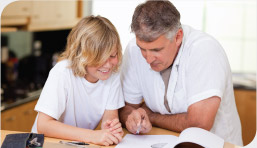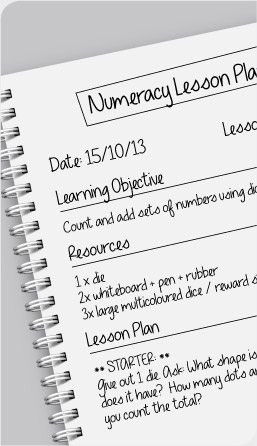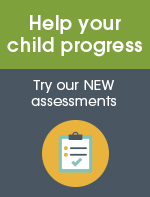chapter2
As a home schooling parent, you are not obliged to follow the National Curriculum and the local authority will not carry out inspections to ensure that you are teaching your child in a particular way.
However, in order to make the most of home based learning, it is best to follow some basic principles of curriculum and lesson planning because, irrespective of an individual child’s learning style, all learners – children and adults – benefit from structure.
Learning Guidelines
If you’ve decided to home school but you don’t feel confident enough to abandon the National Curriculum, then curriculum planning is quite straight forward.
 First, decide upon the total number of hours in a week that you feel happy teaching your child in; you might wish to teach a shorter learning day than that which is taught at school. Then consider how long you want learning sessions to be. A good rule of thumb is that most learners maximum period of peak learning is about 30-40 minutes, so a 45 minute lesson might be an advisable place to start, perhaps extending after a time as learning develops.
First, decide upon the total number of hours in a week that you feel happy teaching your child in; you might wish to teach a shorter learning day than that which is taught at school. Then consider how long you want learning sessions to be. A good rule of thumb is that most learners maximum period of peak learning is about 30-40 minutes, so a 45 minute lesson might be an advisable place to start, perhaps extending after a time as learning develops.
When you have the maximum number of lesson slots you want to teach, invest in a wall chart or use one of the many free online calendars such as Outlook or Google Calendar to map in what you are going to teach and when.
A good rule of thumb is that most learners maximum period of peak learning is about 30-40 minutes.
Lesson Structure
 If you are teaching Key Stage 1, 2 or 3 pupils, you will need to refer directly to the National Curriculum, which can be downloaded from the Department for Education website (see our Helpful Links page); it will give you a general idea of what should ideally be taught in each subject area at each stage. If you are teaching GCSE and beyond, then you will need to choose an exam board that you feel comfortable with.
If you are teaching Key Stage 1, 2 or 3 pupils, you will need to refer directly to the National Curriculum, which can be downloaded from the Department for Education website (see our Helpful Links page); it will give you a general idea of what should ideally be taught in each subject area at each stage. If you are teaching GCSE and beyond, then you will need to choose an exam board that you feel comfortable with.
Exam boards will give you a much more detailed outline of what needs to be learned in a given topic and also what skills a learner has to have demonstrated in order to pass at a certain level. Most exam boards will send out email updates if you register with them, telling you about changes to the syllabus and informing you of the dates of exams and other assessments, so it is always a good idea to subscribe.
If you have decided not to use the National Curriculum, you will still need to work out what you want to teach and when. If you want to teach history or English, it is a good idea to create a learning module that keeps the learners focused on a particular topic; for example, the Russian Revolution 1905-1924 or Shakespeare’s comedies. In both of these examples you can take the student on a journey, exploring change over time or comparing different plays.
Once you have got a clear idea of what you want to teach and at what pace, you can start to think about how to structure sessions.
There is precious little evidence that unstructured teaching does anything other than confuse children.
Creativity
 The lesson itself, when removed from the restrictions that schooling places on learners, can take many different forms and it is important to allow your creativity to be your guide here. Learning outside the class room has the scope to be much more imaginative, but some basic principals have to be followed in order for it to be effective.
The lesson itself, when removed from the restrictions that schooling places on learners, can take many different forms and it is important to allow your creativity to be your guide here. Learning outside the class room has the scope to be much more imaginative, but some basic principals have to be followed in order for it to be effective.
Creating a lesson planning system (a quick form or list or a diary entry that you can refer to) is strongly advisable; if you have no structure, your children won’t either. Despite fashionable arguments from the 1970s onwards against structure in learning, there is precious little evidence that unstructured teaching does anything other than confuse children and produce very weak lessons.
Creating a lesson planning system (a quick form, list or a diary entry that you can refer to) is strongly advisable; if you have no structure, your children won’t either.
Start your lesson plan with a clear learning objective. What, by the end of the session, do you want your child to know, to understand or to have practiced, that they didn’t know beforehand? Try to limit it to one objective per lesson. Make sure that the objectives of lesson two follow on from the objectives of lesson one; this makes the new ideas children have in each session far easier to grasp.
